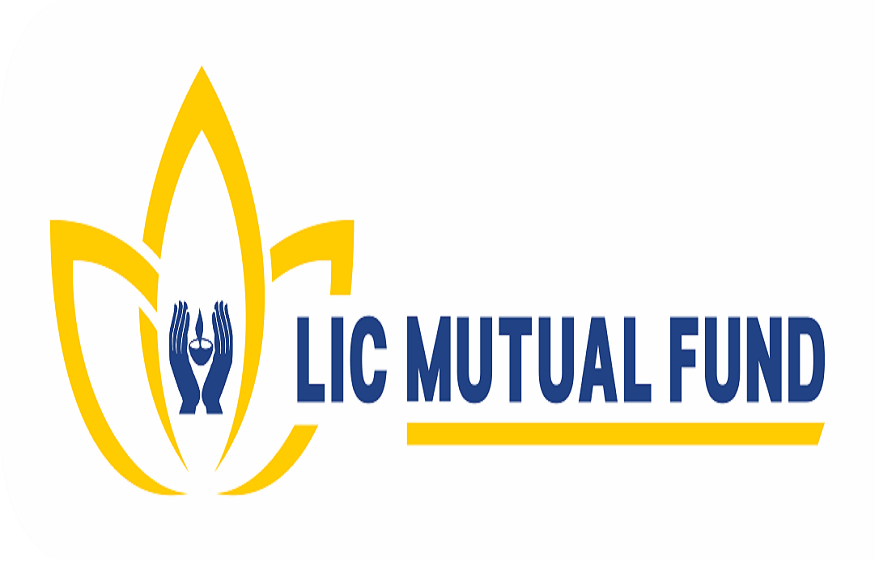What Fixed Income Bonds Are, How They Work, and Their Role in Investment Portfolios
Fixed-income bonds are debt securities governments, municipalities, groups, or corporations issued to raise capital. When an investor buys a bond, they essentially lend money to the issuer for a fixed period, upon which the company makes periodic interest payments to the bondholder, called coupon bills, the same idea as the term. Bonds are generally viewed as a consistently profitable investment because they provide predictable income cycles in the shape of coupon cash payments.
Here is everything you need to know:
How Fixed Income Bonds Work
Fixed-rate income bonds that are continually useful are important in their structure and terms. The bonds have a face fee, or par value, equal to the provider’s parity vote at maturity. The coupon charge determines the interest charge, which is normally expressed as a percentage of the face fee. For instance, a bond with a face value of $1,000 and a discount fee of five should pay $50 in hobby in step with yr. The due date indicates that the issuer will pay off the principal amount to the bondholder. Bonds can have multiple maturities, from brief (much less than 12 months) to long-term (more than 30 years).
Fixed-income bonds operate within the broader bond market, where investors buy and sell bonds on unclassified exchanges or markets. Bond prices fluctuate due to changes in interest rates, economic conditions, and the specifics of the issuer. When interest rates rise, bond prices generally fall, and vice versa. This inverse relationship between bond prices and interest rates is known as interest rate risk. In addition, bonds may be subject to other risks, such as credit risk (risk of assessor default) and currency risk (difficulty selling the bond at fair market value).
The Role of Fixed Income Bonds in Investment Portfolio
Fixed-income bonds play an important role in diversification and risk management in banks. They provide stability and income, which can limit volatility in investments. By including bonds in a portfolio, investors can achieve a balance of risk and return, as bonds tend to offer lower but less risky returns compared to stocks, and bonds can act as a hedge against security recession and stock market downturn protection, much less sensitive to market fluctuations.
Investment allocation depends on various factors, including investor risk tolerance, investment objectives, and timing. Conservative investors can allocate a percentage of their portfolio higher for bonds to prioritize capital savings and income for investment. In addition, being able to allocate smaller percentages to specific types of selected bonds, such as government bonds, corporate bonds, or municipal bonds, can affect the portfolio’s risk-return profile.
Final Thoughts
Fixed-income bonds are debt securities that provide predictable income through coupon payments and principal payments at maturity and play an important role in the economy by providing interest, income, and yield. They are complex in a variety of ways.Understanding how fixed-income bonds work and the successful uses of portfoliosare important for investors seeking to develop balanced and flexible investment strategies.



